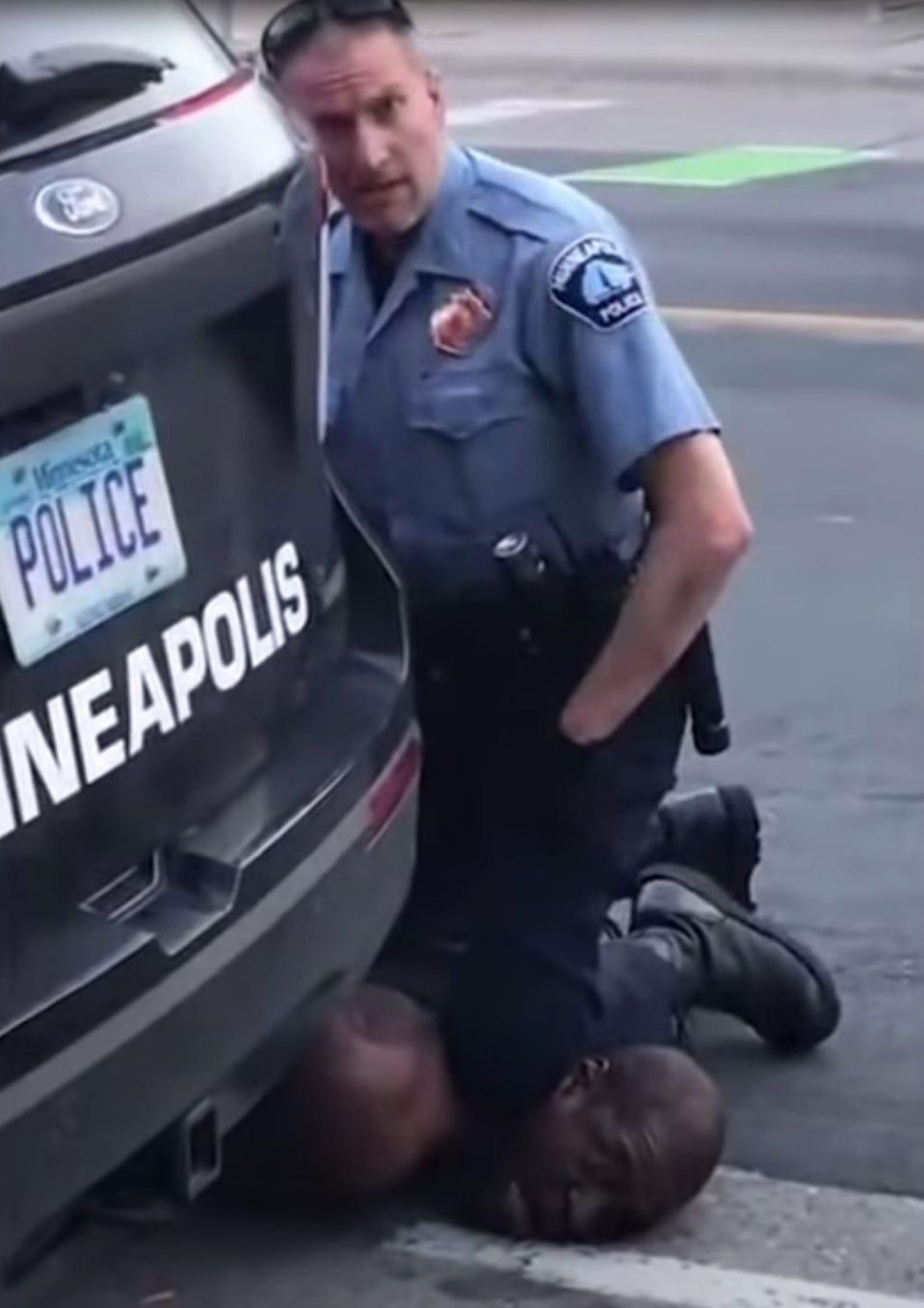MARCH 30, 2021 – Yesterday I watched in the entirety, both opening statements in the trial of Derek Chauvin, the Minneapolis police officer charged with three counts of felonious homicide in the death of George Floyd, Jr. I saw the now infamous video that was shown by the prosecution. That evidence alone produces reasonable doubt about the existence of “reasonable doubt.”
After Mr. Blackwell concluded his opening statement, I had to—had to—hear Eric Nelson’s. (For the record, he (with the wholly Anglicized spelling of the Swedish “Nilsson”) and I are not the same person.) Blackwell did exactly what he was supposed to do: tell the jury what he’s going to show them. Nelson did what you’d expect him to do: emphasize the notion of “reasonable doubt” and say he would show there’s “more to the story.”
I’m not a criminal law lawyer, not a juror, and not about to watch what is estimated to be four weeks’ worth of witness testimony and documentary evidence. However, I think the defense has a very steep climb.
In an effort to sow “reasonable doubt,” the defense will introduce evidence about Floyd’s pre-existing cardio-condition, worsened by drugs and out-of-whack adrenalin. In the process there will be the classic litigation “battle of the experts” as to medical minutiae. Also, the defense will show that Floyd resisted arrest and went rogue, justifying use of force to restrain him.
I don’t see how the defense will harvest acquittal by reasonable doubt. In the first place, proof “beyond a reasonable doubt” doesn’t mean the absence of doubt. Second, “reasonable” doubt must be, well, reasonable.
After watching video, I can’t imagine how a juror could have reasonable doubt about the direct cause of death or about Chauvin’s reckless disregard for Floyd’s life. As Blackwell ably emphasized, Chauvin’s use of force must be examined moment by moment. Floyd didn’t go from 60 to zero in a nano-second. His demise took nine minutes, 29 seconds. However obstreperous Floyd might’ve been before he was handcuffed, manhandled into the squad vehicle, then yanked out and jammed to the ground, once he was subdued, the amount of force necessary to restrain him changed drastically. As life slipped out of Floyd, the justification for continued force dropped accordingly. Yet, as Blackwell stated repeatedly, Chauvin “didn’t let up or get up” until long after Floyd’s capacity for resistance had ended.
Nelson said the prosecution’s video didn’t show what other cops saw from the street side of the police vehicle. No? What did they see—and more critically, what did their body cams record? If that perspective was so compelling, why didn’t Nelson tell the jury what it would show? If there’s body cam video, why wasn’t it shown to counter the prosecution video?
“Heart,” “drugs,” “necessary force”? Schmart, schruggs, schmuck! But for a 9:29 knee on the neck, George Floyd, Jr. wouldn’t have died.
(Remember to subscribe to this blog and receive notifications of new posts by email.)
© 2021 by Eric Nilsson
